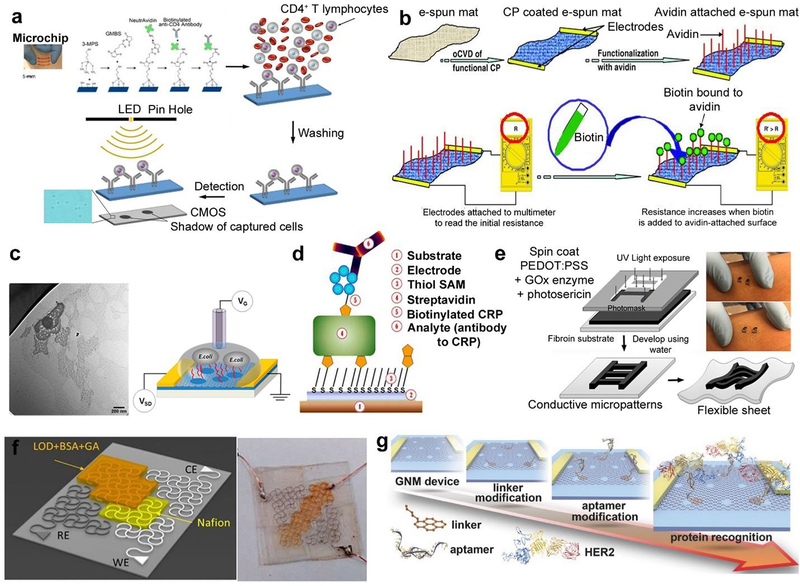Figure 4. Representative strategies for the immobilization of biomolecules for flexible biosensing applications a).

Lens-less imaging detection and counting of CD4+ T lymphocytes on polyester film-based platform with microchannels. Biotinylated anti-CD4 antibodies immobilized using NeutrAvidin on chemically activated surface. Adapted with permission from ref. (Shafiee et al. 2015). Copyright 2015 Nature Publishing Group. b) Conductive copolymer coated and avidin bound flexible electron-spun mats. Adapted with permission from ref. (Bhattacharyya et al. 2011). Copyright 2011 Wiley. c) AMP, Magainin I (GIGKFLHSAGKFGKAFVGEIMKS) covalently functionalized on hRGO, yielding a gram-negative specific biosensor Adapted with permission from ref.(Chen et al. 2014). Copyright 2014 American Chemical Society. d) biotinylated C-reactive protein (CRP) antigen and the bound analyte (anti-CRP antibody) grown on biotinylated self-assembly monolayer-covered printed gold electrodes on a paper substrate. Adapted with permission from ref. (Ihalainen et al. 2013). Copyright 2013 MDPI. e) Glucose oxidase enzyme immobilized within a PEDOT:PSS-silk sericin conducting ink, photolithographically patterned on a fibroin substrate. Adapted with permission from ref. (Pal et al. 2016a). Copyright 2016 Wiley. f) modifying silver electrode with lactate oxidase immobilized by bovine serum albumin on a PET substrate. Adapted with permission from ref. (Abrar et al. 2016). Copyright 2015 Nature Publishing Group. g) Graphene nanomesh FETs GNM FET biosensor. 1-pyrenebutanoic acid succinimidyl ester linker conjugated with the amino modified HER2-specific aptamer through the formation of an amide bond integrated on the PDMS film and attached on the human skin. Adapted with permission from ref.(Yang et al. 2017b) Copyright 2017 Wiley
